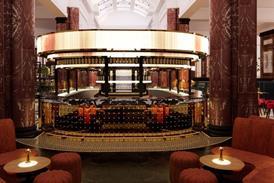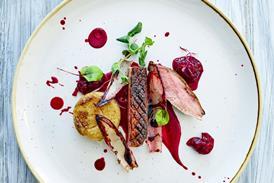Steve Gotham: New tricks at old dog Pizza Hut Restaurants?

Using key consumer insights from MCA’s Eating Out Panel, to what extent are UK customers feeling and acknowledging the love for Pizza Hut Restaurants?
Already have an account? Sign in






























